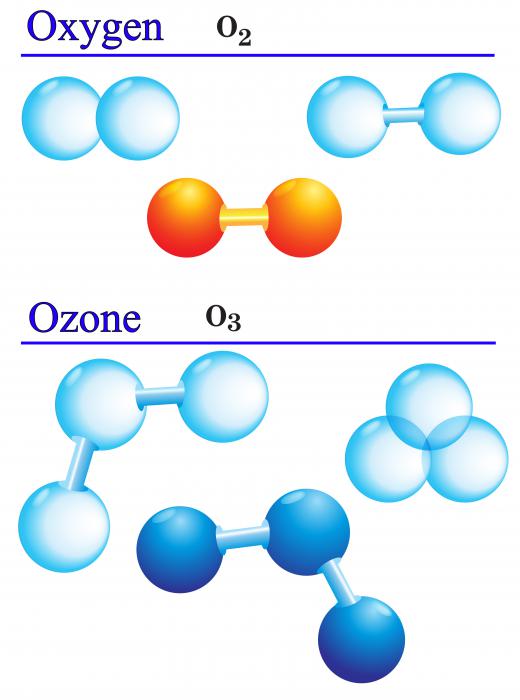What Are Fluorocarbons?
Using the strictest definition, fluorocarbons are molecules made up of only fluorine and carbon atoms, but, in practice, a number of chemical compounds which contain other atoms are often referred to as fluorocarbons. These compounds, which are really fluorocarbon derivatives, include hydrochlorofluorocarbons, or HCFCs, which contain hydrogen and chlorine, and chlorofluorocarbons, or CFCs, which contain chlorine. Hydrofluorocarbons, or HFCs, which contain hydrogen, were developed to replace CFCs and HCFCs in refrigerating and air-conditioning systems and fire-extinguishing foams. CFCs and HCFCs have the disadvantage that they cause damage to the ozone layer. Of the fluorocarbons currently in use, HFCs are not thought to affect the ozone layer but they do contribute to global warming.
Fluorocarbons have the safety advantages that they are not flammable or poisonous. As well as being used in cooling systems and foams, a fluorocarbon may have a number of other uses. Fluorocarbon gel is an industrial lubricant used to grease metal components, while electronic fluorocarbons are gases. They are fired at a surface in order to etch a design on it, a process which is part of the manufacture of silicon chips and circuit boards.

Although there are numerous different fluorocarbons, many of them present similar possible risks to health. Known fluorocarbon effects include skin irritation, with dryness, cracking, reddening and rash formation. If fluorocarbon gases are present in the air at concentrations above a certain level, the throat, nose and eyes may also become irritated. The short-term results of exposure to high fluorocarbon levels can include effects on the nervous system, with symptoms resembling drunkenness, while long-term exposure may cause more permanent damage.

Even though the use of CFCs has largely been abandoned, the chemicals still exist inside older equipment which dates from before there was general agreement worldwide that CFCs should be phased out. The HCFCs, which were brought in to replace CFCs while better alternatives were developed, are also in the process of being phased out. HCFCs are considered to affect the ozone layer less than CFCs. While HFCs, which are now replacing both CFCs and HCFCs, are not thought to harm the ozone layer, the fact that they are powerful greenhouse gases means they could have a large effect on global warming. Fluorocarbon emissions can be reduced to a minimum by preventing equipment leaks and by keeping gases contained and recovering them after use instead of releasing them into the atmosphere.
AS FEATURED ON:
AS FEATURED ON:













Discuss this Article
Post your comments